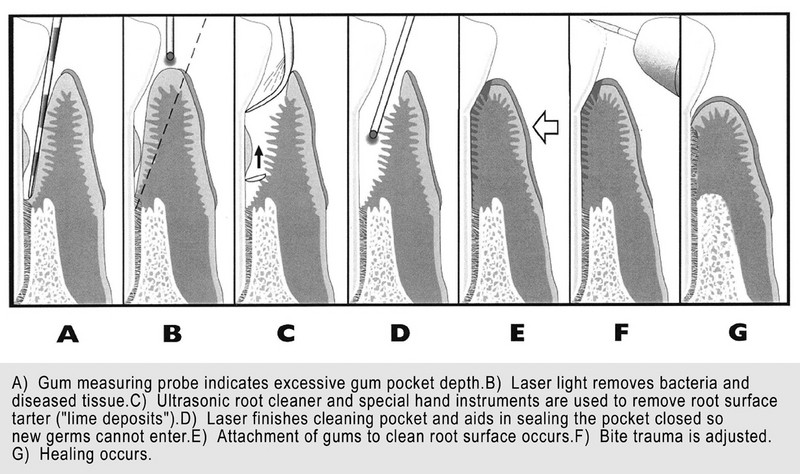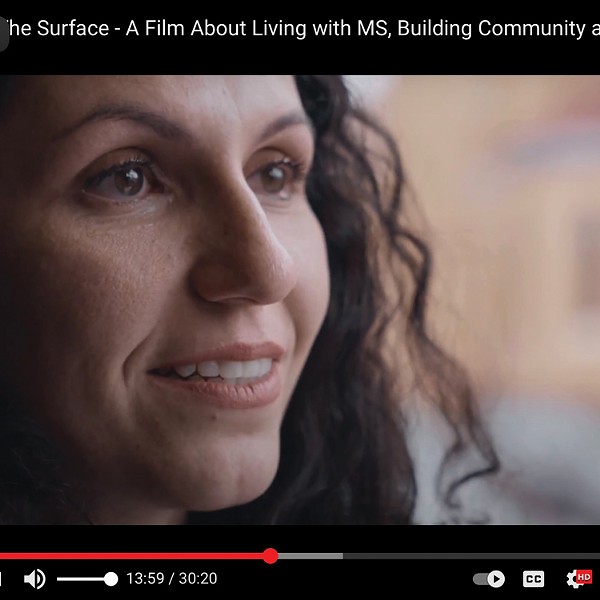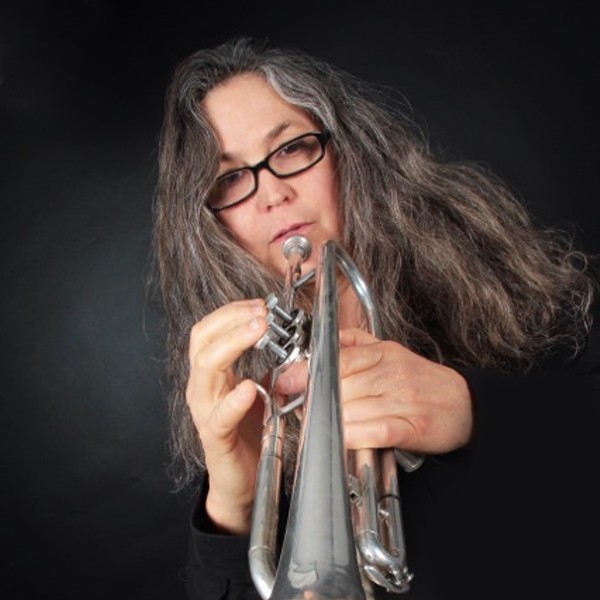Studies continue to illustrate the correlation between dental health and overall wellness, and that the gums play a significant role in the well-being of the entire body. According to the American Academy of Periodontology, gum disease is related to a growing number of health issues. For example, someone with periodontal disease is twice as likely to have a heart attack, and women with the condition are seven times more likely to give birth to a premature or underweight baby.
Luckily, periodontal treatments are evolving beyond the surgical procedures many dentists have traditionally used to combat the later stages of gum disease. A number of dental practices are adding a laser treatment called PerioLase to their arsenal. Tischler Dental of Woodstock began using the technology a little over a year ago. Since implementing the procedure, they haven’t done a single conventional gum surgery.
One of the major benefits of PerioLase is that healing time is a fraction of that of a surgical treatment. During a standard gum surgery, incisions are made along the tissue and gums are flapped back so that the dentist can view the roots and bone below, said Dr. Fred Milton, a Tischler dentist. Then the practitioner uses instruments to clean out diseased tissue and contour bone or perform grafts to regenerate areas of bone loss, if necessary, before suturing the gums closed. Depending on the patient, healing can take up to two weeks, sometimes with notable discomfort. PerioLase’s recovery time is significantly less. Milton said he’ll see patients out and about the next day as if they had no treatment at all—the only complaint being a postoperative requirement that prohibits brushing the teeth for a number of days.
The reason PerioLase is able to cause minimal discomfort and is highly effective is because the laser can precisely target and destroy gum disease, Milton said. “The laser has very specific wavelengths and it can distinguish between healthy tissue and diseased tissue because the color of diseased and healthy tissue is different,” he said. “The laser seeks out pigmented tissue, so it’s able to zap away only bacteria and infected tissue.”
Beyond the benefit of rapid recovery, dentists are discovering that the laser is a catalyst for regeneration of the root surfaces, which means there may be less chance of the disease returning. It also gives the body’s immune system a break from concentrating on oral inflammation. “When we do PerioLase, we get rid of the tissue, the bacteria, and the chronic inflammation in the mouth,” Milton said. “It’s almost like we push a reset button on the computer. It gives the body a chance to not pay attention to so much inflammation in the mouth, and it can start taking care of other things that are going on.”
After having a PerioLase treatment, which is done under anesthesia in two stages, Tischler patients have generally reported feeling better all over their body. “Once you get rid of the chronic infection in your mouth, the rest of your body starts to feel better, because periodontal disease is related to so many different things,” Milton said. “It’s been related to heart disease, stroke, Alzheimer’s, diabetes, gastric ulcers … there is a definite relationship here. We have a lot of people who say, ‘Since I’ve had this laser surgery done, I just feel better. My body feels better, I don’t have as many aches and pains.’ I think a lot of that is attributed to the body’s immune system quieting down.”
According to the American Dental Association, gum disease doesn’t always have symptoms. It starts as gingivitis, a mild form of disease that can be easily treated, but progresses into a more serious, risky issue the longer it’s ignored—often leading to swollen, irritated gums that bleed easily. Risk factors include tobacco use, systemic diseases (like diabetes), and use of oral contraceptives, among other things. With regular dental care and proper hygiene, gum disease is preventable and treatable. For those already suffering with advanced gum disease, PerioLase can help provide a fresh start for a healthy mouth.
“It’s generally believed that less than 5 percent of the people [treated with PerioLase] have to be treated again after five years, but they really have to do their work,” Milton said. “After we do our job, 100 percent is back on the patient to do their work, and that’s properly cleaning their teeth.”
RESOURCE:
Dr. Fred Milton, DMD
Tischler Dental
121 Route 375
Woodstock, NY
(845) 684-4282
www.tischlerdental.com

















